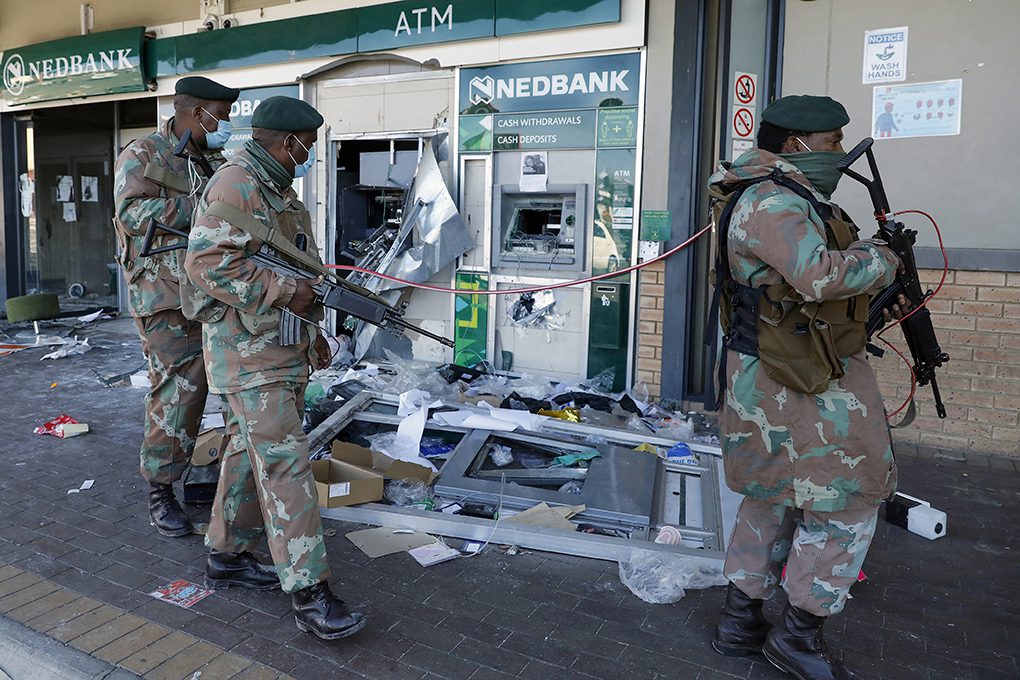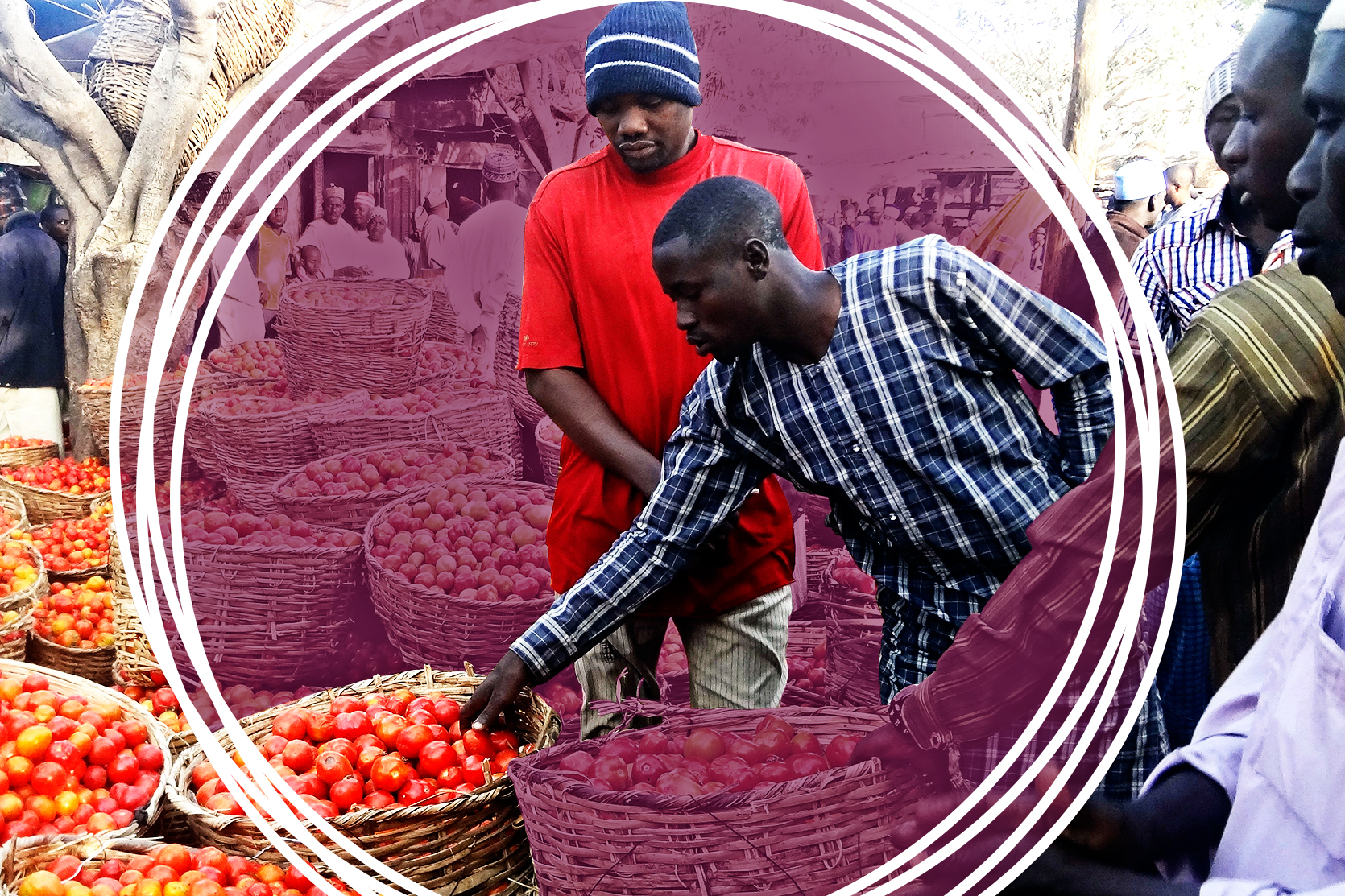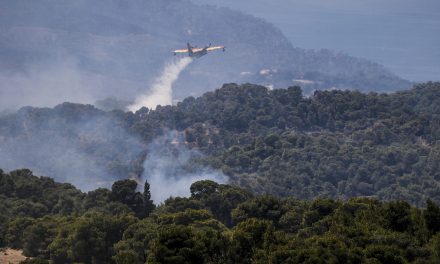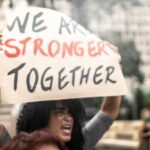It’s been over a week since King Mswati III of Eswatini ordered schools to be shut “indefinitely with immediate effect” in response to the ongoing pro-democracy protests.
The country has experienced several weeks of student protests calling for free schooling and an end to King Mswati’s rule. Eswatini is the only remaining absolute monarchy on the continent. The kingdom has struggled to ‘democratise’ and reform despite growing discontent from within several sectors of the population.
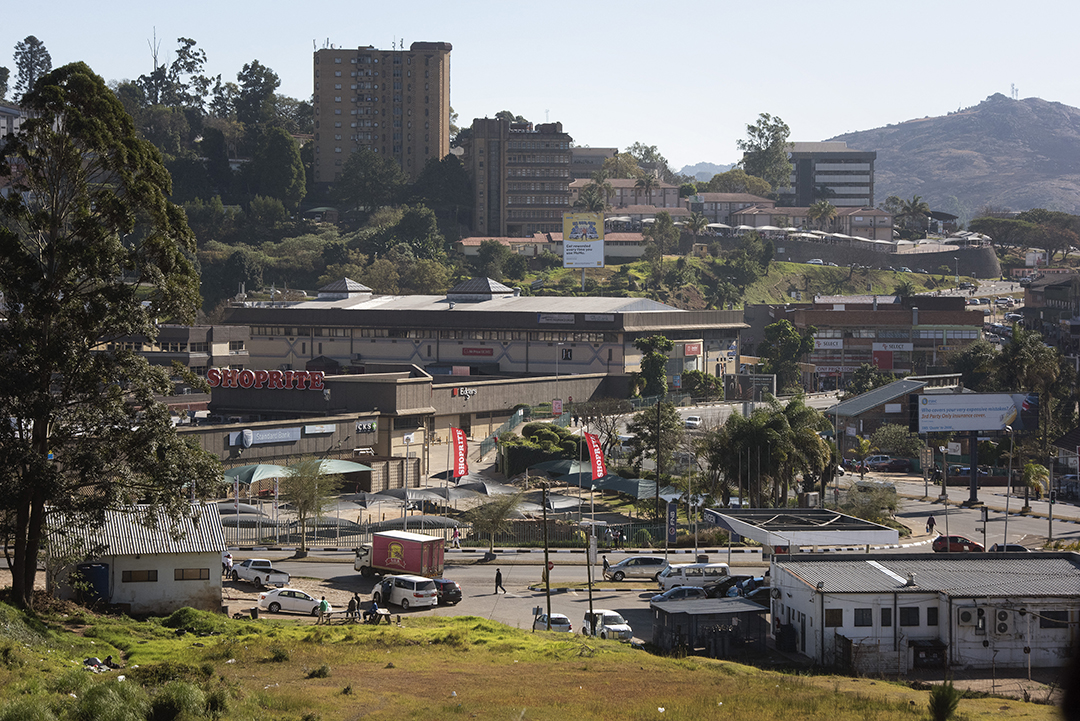
Mbabane, Eswatini on 3 July 2021 as a tense calm returns after days of violent widespread pro-democracy protests. Photo: AFP
History is littered with examples of student activism from across the globe. Young people have turned to various forms of protesting to have their voices heard. As a global phenomenon, youth protestors emerge from all races, classes, genders, and nationalities. A common thread running through all the student protests remains their dedication and commitment to social justice and good governance.
King Mswati III would be wise to heed lessons from previous repressive leaders who failed to listen calls for democratic reform, and believed they could use the might of their security forces to quell the growing calls for good governance and democratisation. Below are examples of student protests that have resulted in a change in the political order:
- 1956 – Hungarian Revolution student marches
The Hungarian Revolution of 1956 happened when university students called for support from the rest of the population to protest the Soviet Unions’ geopolitical domination of Hungary. Without the efforts of the students, the revolution may not have taken place. The students marched through the streets of Budapest on 23 October, chanting: “This we swear, this we swear, that we will no longer be slaves.” After the students stormed the radio building near the Hungarian Parliament, police responded by opening fire and killing one student. It marked the first bloodshed in the revolution that ultimately toppled the Soviet government.
- 1968 – Tlatelolco Massacre in Mexico City
The summer of 1968 saw the birth of a new student movement in Mexico. On 2 October 1968, during the preparations for the opening of the Summer Olympics, a large group marched into the Tlatelolco plaza to hold a peaceful protest. Tensions boiled over, resulting in the police and military troops firing into the crowd of unarmed students, killing 300 to 400 people in what came to be known as the Tlatelolco massacre. The next day, the government-controlled media portrayed the event as violent student protest. However, many now cite that day as the first in Mexico’s transition to democracy.
- 1973 – Athens Polytechnic uprising
The Athens Polytechnic uprising occurred in November 1973 as a massive student demonstration against the Greek military Junta of 1967 – 1974. After more than six years of military rule, on 14 November, students gathered at the Athens Polytechnic to protest the Junta. This demonstration was coordinated with occupations of campuses in Patras and Thessaloniki and turned into a student rebellion that gathered strength daily as more people joined. On 16 November, the students and other demonstrators attempted to march from the Polytechnic to Syntagma square but were stopped by the authorities.
On 17 November, tanks were ordered to crush the student rebellion at the Polytechnic. A tank crashed through the gate of the Polytechnic and police and military stormed the campus. As the gate crashed to the ground, students rushed out to escape and were beaten with clubs and arrested. At least 34 demonstrators, including several high school students, were killed, although many reports claim that the number is much higher. Following the incident, a high-ranking military officer leveraged the events that unfolded to stage a counter-coup, overturning the dictatorship that had been in power since 1967.
- 1976 – Soweto Youth Uprising in South Africa
The Soweto uprising on 16 June 1976 marked one of the fiercest student-led resistance efforts against the apartheid government. The rise of the Black Consciousness Movement (BCM) and the formation of South African Students Organisation (SASO) raised the political consciousness of many students while others joined the wave of anti-apartheid sentiment within the student community.
On June 16, a group of students marched to the Orlando Stadium. The immediate impetus was the government’s insistence on Afrikaans being the official medium of instruction. Police used a heavy-handed response, killing up to 700 people according to many estimates (although the government reported it as 176). For many South Africans who had previously been uninvolved with the anti-apartheid movement, this became the catalyst of deeper political involvement in the struggle for freedom. This effect, and the uprising itself, have been credited as a major pivot placing South Africa firmly on the path to democratic change.
- 1989 – Velvet Revolution in Czechoslovakia
The Velvet Revolution in Czechoslovakia was an impressive expression of student activism, as it was accomplished with almost no violence. On 17 November 1989 – International Students Day, nine days after the fall of the Berlin Wall, students gathered en masse in Prague, Czechoslovakia to protest the communist regime.
The communist-led government, in power since the end of World War II, did not permit anti-government speech and employed heavy-handed tactics to suppress dissent. Despite the police repression, protests spread to other cities. On 20 November, 500,000 protestors demonstrated in Prague’s Wenceslas Square. By 29 November, the Constitution was changed and by the end of the year, a new president had been elected following four decades of one-party rule.
- 1998 – Trisakti shootings in Indonesia
On 12 May, 1998, students from the Trisakti University in Jakarta took to the streets to express their frustrations at the handling of the Asian financial crisis, and their dissatisfaction with the government. They staged a non-violent protest, marching from their university to the Parliament building. In response to being stopped by the authorities, the students’ march transitioned into a sit-in, and soon afterwards the riot police arrived on the scene to disperse the students. As students were returning to campus, police opened fire from behind, killing four. The public outrage over the killings led to the eventual resignation of the president, who had been a ruling dictator for 30 years.
- 2011 – Arab Spring fuelled by youth
While the mass protests across North Africa in 2011 – known as the Arab Spring – were carried out by people of all ages, students played a key role in the organisation and provided sustained momentum. The youth movement has been credited for much of the democratic gains made in countries such as Egypt, Tunisia, Libya, and Bahrain.
Way Forward
The main takeaways from the above examples, in reference to King Mswati III, are that his sustained doubting the commitment and dedication of the youth to push for social justice and good governance will be at his peril. His heavy-handed approach can only sustain his stay in power for so long before the tide turns, and he will be toppled, as previous stubborn regimes have found out. If he refuses to take the opportunity to negotiate terms for a more democratic Eswatini, history will remember him as simply another dictator who overstayed his welcome and failed to read the political winds of change. In a recent SADC statement, King Mswati III said he has “accepted the need for national dialogue” (albeit through an intermediary). This is a positive development in the Eswatini political landscape, as it should allow all relevant stakeholders some degree of ownership in formulating a new political direction for the kingdom.
This article first appeared in the Mail & Guardian.
Craig Moffat, PhD is the Head of Programme: Governance Delivery and Impact for Good Governance Africa. He has more than 17 years of practical experience working for government institutions and multilateral organisations. He was previously employed by the South African Foreign Service, where he worked extensively at identifying and analysing security threats towards South Africa as well as the southern Africa region. Previously, he was the political advisor for the Pretoria Regional Delegation of the International Committee of the Red Cross. He holds a PhD in Political Science from Stellenbosch University.



